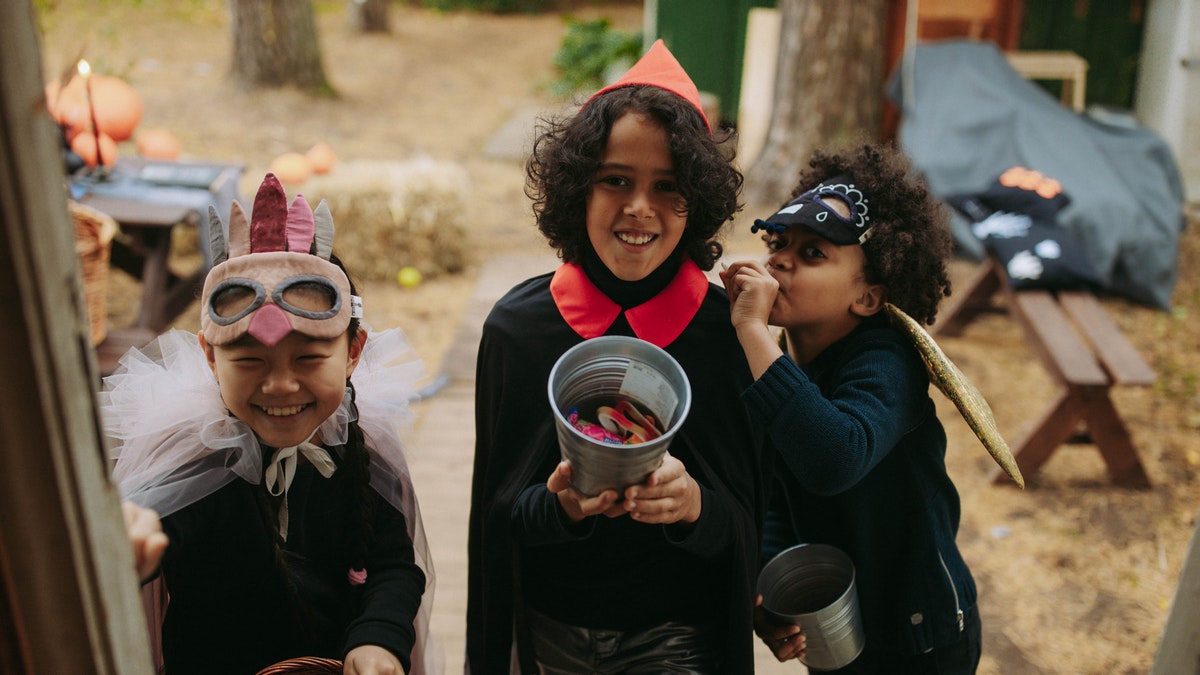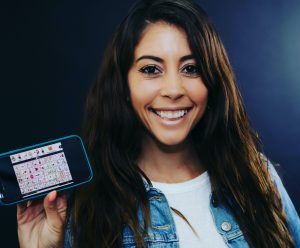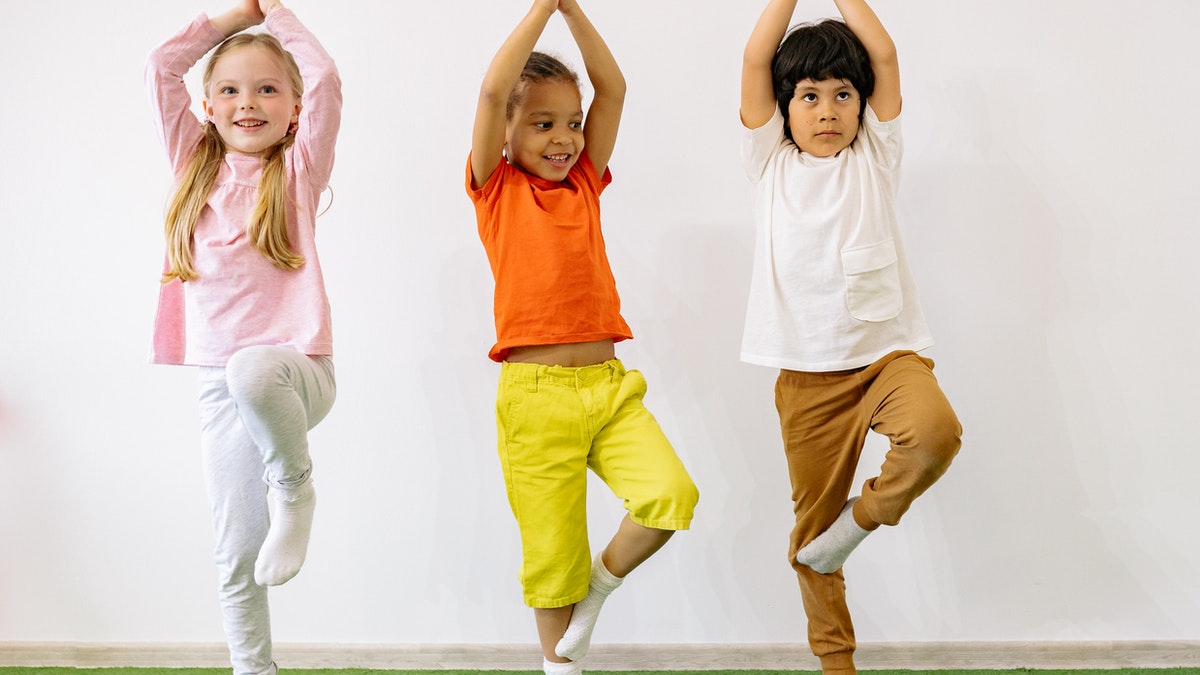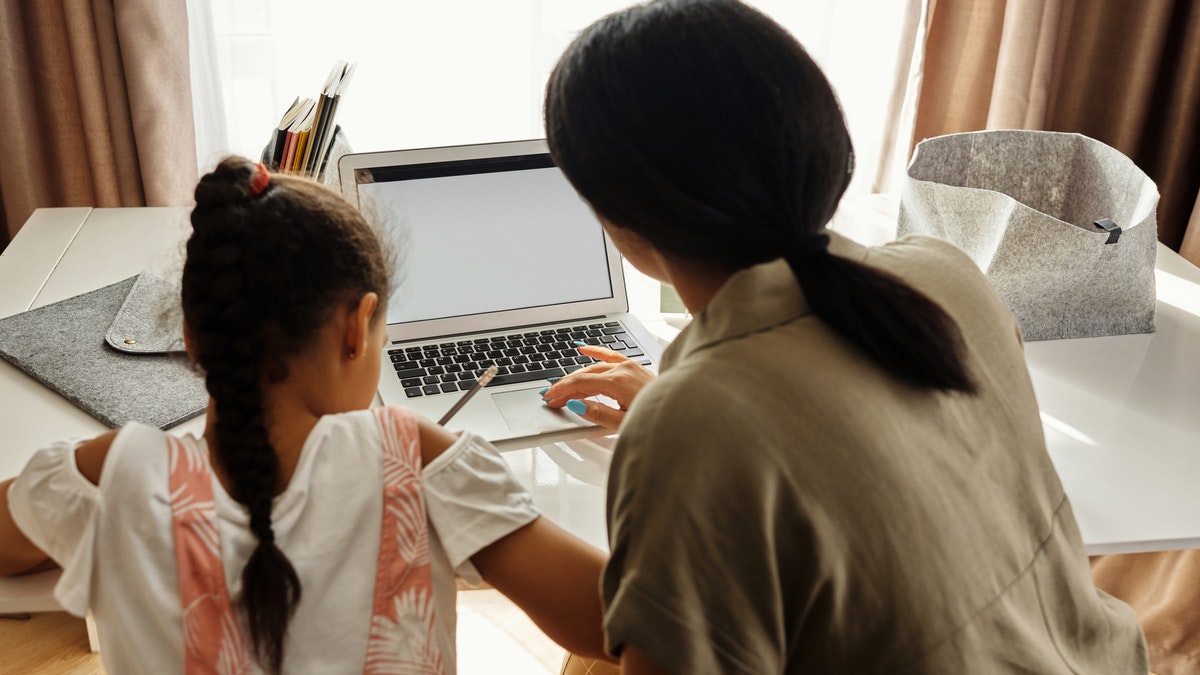As houses are all buzzing with the return to learning, not all students share the same outlook. Prior to the first day, the fears of transition or change can look like tantrums, stomach aches, headaches, or unusual behaviors as each individual copes. It can bring out the worst in all of us!
When an anxiety disorder is added to the mix, even the most well-meaning attempts to either protect your child or snap them out of it can lead to a devastating cycle. As parents, we want to make sure that we have ourselves in check too.
No matter if school is a temporary or chronic trigger, plan ahead for bravery in the face of anxiety.
Let the “thinking” part of their brain get back in control over the triggered anxiety response – The best way to do that is to breathe. Not just any breathing though – strong, deep breaths that come from the belly. (Box Breathing, Bubble breath)
♥ in through your nose for three, ♥ pause, ♥ out through your mouth for three.
Utilize digital technology to find calming sounds, picturesque settings, or activities before the craziness of the day begins. Sounds/Music: Ocean waves, Lofi HipHop, Nature, Piano; Scenic explorations: Forest Walk, African wildlife, Snow Falling; Activities: Coloring, Disney games
Bring them out of their head, as the attack hyper focuses on the inside, by having them truly ground or earth themselves. Step away from all devices, take off shoes, and stand barefoot in the grass, mud, or sand connecting with the earth, feeling each element.
Finally, find a mantra that they can repeat at the start of the day or as their body is calming down – it can be one sentence or a series…as long as it means something to them. Some examples to get started:
♥ Your teacher is on your side and would never ever let anything happen to you.
♥ School is strengthening your brain, so it can be even more amazing.
♥ You’re brave and you can handle school no matter what.
♥ Go Me! You’re pretty awesome
The goal isn’t to eliminate the anxiety, but to manage it bravely!





 Sensory Activity:
Sensory Activity: 








